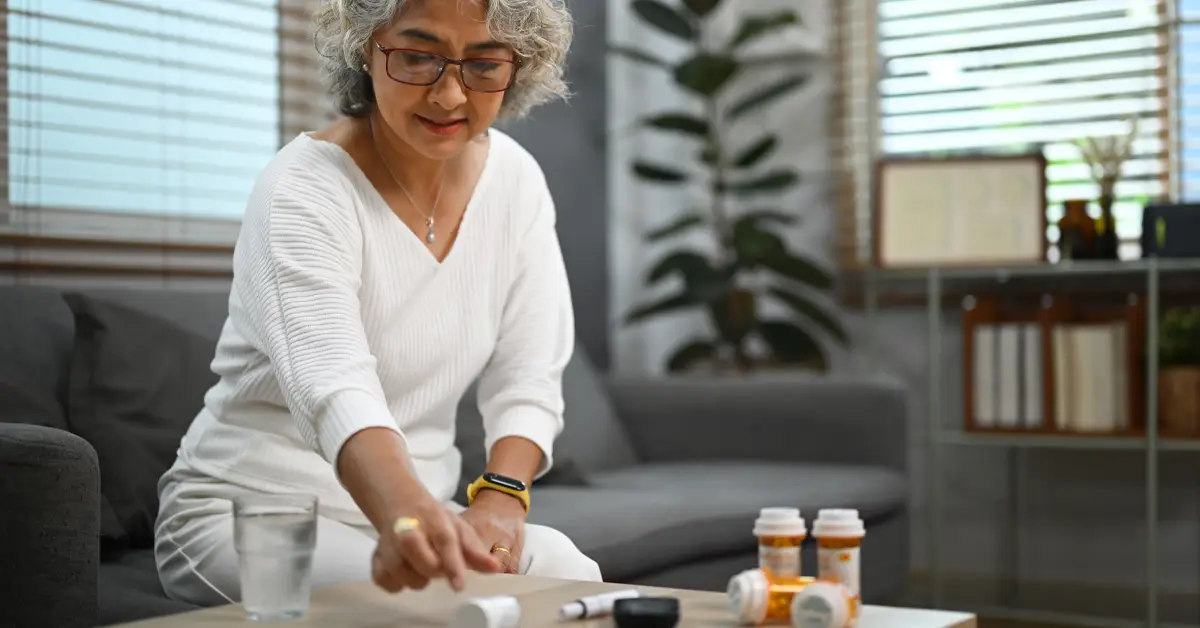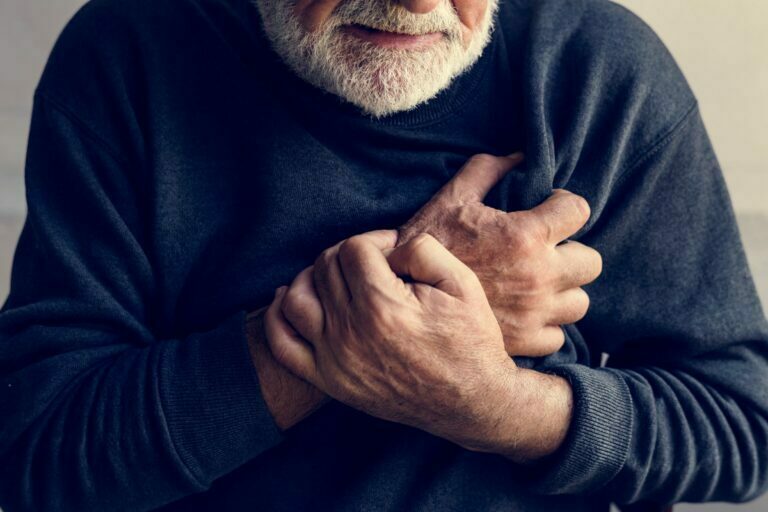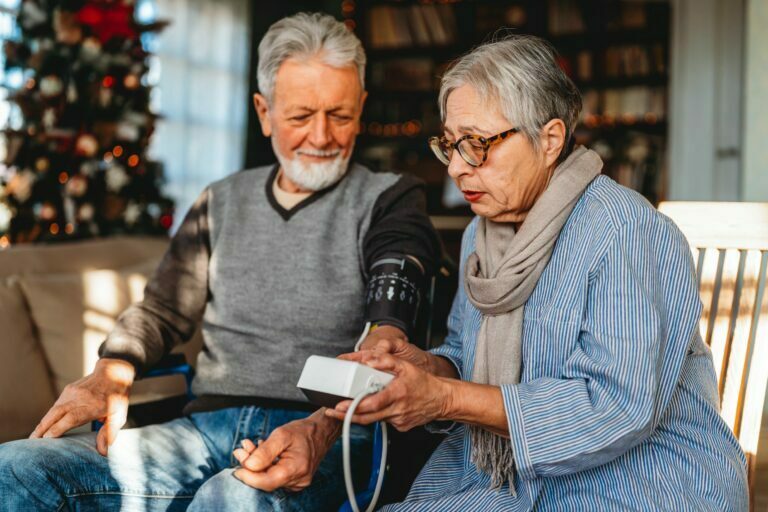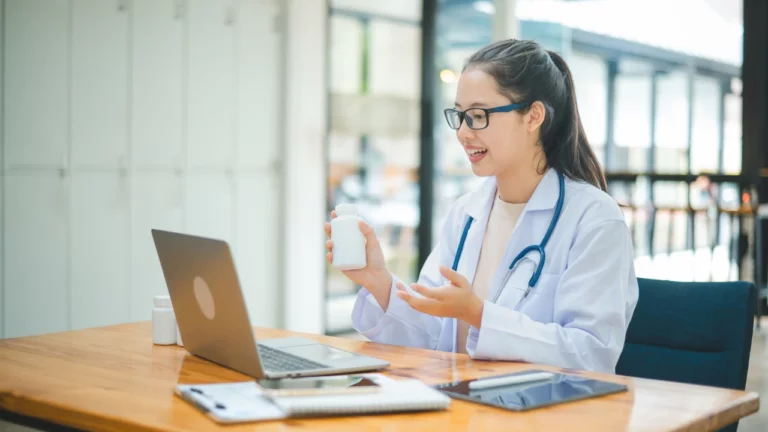According to the Centers for Disease Control and Prevention (CDC), an estimated 34.2 million people in the United States, or 10.5% of the population, have diabetes.
Managing diabetes can be a challenging task for healthcare providers, especially when it comes to unusual symptoms. These symptoms can be difficult to detect and can lead to poor treatment outcomes for patients. However, with the advancements in technology, healthcare providers now have access to remote patient monitoring (RPM) which can aid in the early detection of signs and symptoms of diabetes, improving treatment outcomes and increasing patient engagement.
In this blog post, we will discuss the benefits of RPM and how it can assist healthcare providers in managing unusual symptoms of diabetes.
Understanding Unusual Symptoms of Diabetes
Understanding unusual symptoms of diabetes is important for both patients and healthcare providers. While the common symptoms of diabetes such as increased thirst, frequent urination, and blurred vision are well-known, there are a number of other symptoms that may indicate the presence of the condition. These unusual symptoms may be less well-known and more difficult to recognize, which can make it challenging for patients to receive a diagnosis and proper treatment.
Some of the unusual symptoms of diabetes include:
- Yeast infections: High blood sugar levels can lead to an overgrowth of yeast in the body, which can result in yeast infections in the mouth, vagina, and other areas.
- Itchy hands and feet: Diabetes can cause nerve damage, which can lead to itching and tingling in the hands and feet.
- Thirst: Increased thirst is a common symptom of diabetes, but it can also be an unusual sign of the condition.
- Urinary tract infections: High blood sugar levels can make it easier for bacteria to grow, which can lead to urinary tract infections.
- Acanthosis nigricans: This is a skin condition that causes dark patches to develop in the groin, armpit, and back of the neck.
- Sudden weight loss: High blood sugar levels can cause the body to use fat and muscle mass for energy, which can lead to sudden weight loss.
- Breath that smells like acetone: This can be a sign of ketone, a byproduct of the breakdown of fat, which can occur in people with diabetes.
- Poor circulation: Diabetes can damage blood vessels and nerves, which can lead to poor circulation in the hands and feet.
- Symptoms of depression: People with diabetes may experience symptoms of depression such as feelings of hopelessness or helplessness.
- Dry mouth: High blood sugar levels can cause the mouth to feel dry and sticky.
It’s important to note that some of these symptoms may not always be caused by diabetes, but if you experience any of these symptoms, it’s important to talk to your healthcare provider, who can help determine the underlying cause and provide appropriate treatment. Additionally, it’s important to note that people with type 1 diabetes are more likely to experience these symptoms than people with type 2 diabetes, and the symptoms may be more severe in people with type 1 diabetes.
Managing Unusual Symptoms of Diabetes with Remote Patient Monitoring Technology
According to a study published by the National Library of Medicine, managing unusual symptoms of diabetes with remote patient monitoring technology can be an effective way to track and monitor symptoms, detect patterns or changes, and take appropriate action. RPM technology allows healthcare providers to remotely track and monitor a patient’s health status, using tools such as wearable devices, smartphones, and telemedicine.
Wearable devices such as glucose monitors and activity trackers can be used to track symptoms such as blood sugar levels, activity levels, and heart rate. This information can be used to detect patterns or changes in a patient’s condition, and alert healthcare providers to any potential issues. For example, a glucose monitor can detect when blood sugar levels are too high or too low, and send an alert to a healthcare provider, who can then take appropriate action.
Telemedicine can also be used to remotely consult with healthcare providers. This can be especially useful for people who live in remote or underserved areas, or for those who are unable to leave their home due to mobility issues. Telemedicine allows patients to consult with healthcare providers remotely, using technology such as video conferencing and instant messaging. This can help to detect and manage unusual symptoms of diabetes such as yeast infections and itchy hands and feet.
RPM technology can also be used to educate patients on how to recognize the unusual symptoms of diabetes, and empower them to take an active role in managing their condition. This can be done through the use of digital health tools such as symptom tracking apps, telehealth consultations, and remote monitoring of vital signs. By regularly monitoring these symptoms, patients can better understand their condition and how to manage it.
Overall, remote patient monitoring technology can be a powerful tool for managing unusual symptoms of diabetes. It allows healthcare providers to remotely track and monitor symptoms, detect patterns or changes, and take appropriate action. Additionally, it can be used to educate patients on how to recognize and manage their symptoms, which can empower them to take a more active role in their care.
The Benefits of Remote Patient Monitoring for Managing Uncommon Symptoms of Diabetes
Remote patient monitoring (RPM) technology offers several benefits for managing unusual symptoms of diabetes. Here are a few key benefits of using RPM to manage diabetes symptoms:
1.) Early detection and intervention
RPM technology allows healthcare providers to remotely track and monitor symptoms, detect patterns or changes, and take appropriate action. This can help to detect symptoms early on, before they become severe and lead to complications.
2.) Improved communication and collaboration
RPM technology can improve communication and collaboration between patients and healthcare providers. This can be especially useful for people who live in remote or underserved areas, or for those who are unable to leave their home due to mobility issues. Telemedicine allows patients to consult with healthcare providers remotely, using technology such as video conferencing and instant messaging.
3.) Empowerment of patients
RPM technology can be used to educate patients on how to recognize the unusual symptoms of diabetes, and empower them to take an active role in managing their condition. This can be done through the use of digital health tools such as symptom tracking apps, telehealth consultations, and remote monitoring of vital signs. By regularly monitoring these symptoms, patients can better understand their condition and how to manage it.
4.) Increased efficiency
RPM technology can increase the efficiency of care delivery by reducing the need for in-person visits. This can save time and resources for both patients and healthcare providers.
5.) Cost-effective
RPM technology can also be cost-effective for patients and healthcare providers. it can lead to fewer hospitalizations and emergency department visits, reducing healthcare costs.
DrKumo’s Remote Patient Monitoring: A Breakthrough in Managing Unusual Signs of Diabetes
DrKumo‘s Remote Patient Monitoring (RPM) technology is a breakthrough in managing unusual signs of diabetes. DrKumo’s state-of-the-art, HIPAA-compliant, mobile-enabled, continuous real-time monitoring, and AI/ML engine, allow patients to manage their health conditions in the comfort of their homes and support healthcare providers with real-time intelligence for timely intervention.
With DrKumo, patients can easily monitor their blood sugar levels, activity levels, and other vital signs using wearable devices such as glucose monitors and activity trackers. This information is then transmitted to our AI/ML engine, which analyses the data and alerts healthcare providers to potential issues.
DrKumo’s RPM technology also empowers patients to take an active role in managing their condition by providing them with the tools and information they need to understand better their condition and how to manage it. This can be done through digital health tools such as symptom-tracking apps and remote monitoring of vital signs.
With DrKumo’s RPM technology, healthcare providers can easily monitor the health of their patients at home and detect unusual symptoms of diabetes early on before they become severe and lead to complications. This allows for early detection and intervention, which can improve health outcomes for patients and save time and resources for healthcare providers.
Takeaways
Remote patient monitoring technology can be a powerful tool for managing unusual symptoms of diabetes. It allows for early detection and intervention, improved communication and collaboration between patients and healthcare providers, empowerment of patients, and increased efficiency and cost-effectiveness of care delivery. By tracking symptoms such as blood sugar levels, activity levels, and vital signs, healthcare providers can detect patterns or changes in a patient’s condition and take appropriate action.
RPM technology allows for increased flexibility and convenience for patients. With the ability to monitor and track their symptoms from the comfort of their own homes, patients can better manage their condition and avoid unnecessary hospital visits. This also allows for more frequent monitoring, which can lead to more accurate assessments of a patient’s condition and earlier identification of potential issues.
To know more about how you can use RPM for Diabetes Care Management, Contact DrKumo now.








